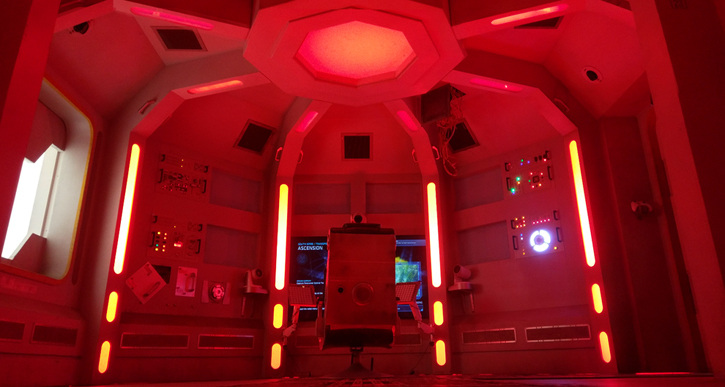In this second Screen New Deal event which took place on the 15th of October, we turned our focus to the key area of Production Materials and invited all those working in the art department to join us to discuss the report’s findings and recommendations.
The webinar was hosted by our very own Aaron Matthews (Head of Industry Sustainability at BAFTA) with questions from the attendees being handled by Tricia Duffy (albert strategy advisor and independent media consultant)
We were joined by BFDG members Mark Scruton, Production Designer, Warren Lever, Construction Manager (both currently working on Pennyworth Season 2 at Pinewood Studios), and Audeline Duliere, Architect and Researcher.
One such organisation that is already providing the solutions to these problems is CAMA, who have supported the crew of Mission: Impossible Fallout and Eurovision Song Contest: The Story of Fire Saga.
The images in this article were provided courtesy of Construct Scenery
You can watch the full video recap of the event at the bottom of the article. The previous Screen New Deal event was the launch event summarising the entire report, which can be seen here.
Read on to see what they had to say:

